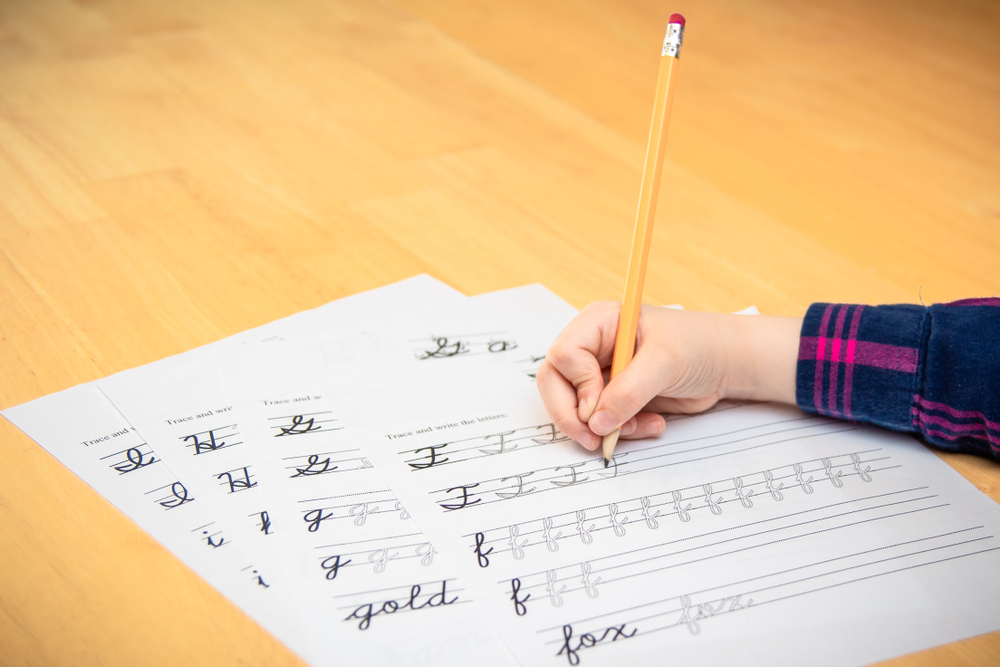Sound recognition Normal Alphabet Worksheets for Ages 3-9
11 filtered results
-
From - To
Discover our engaging Sound Recognition Normal Alphabet Worksheets designed for children aged 3 to 9! These fun and interactive worksheets enhance phonemic awareness by helping kids associate sounds with letters. Through colorful visuals and appealing activities, children will master sound recognition, laying a solid foundation for their reading skills. Our diverse range of worksheets supports varied learning styles, making early literacy enjoyable and effective. Parents and educators can easily access these resources to foster a love for language in young learners. Transform learning into a fun adventure—explore our Sound Recognition Normal Alphabet Worksheets today and watch your child’s confidence soar!


Blending Consonants: "Fl", "Bl" and "Gl" Printable


Reading: OA or OW Worksheet


What Do You Hear? Worksheet


Rhyming Words Rhyming Worksheet


The /th/ Sound Worksheet


Long and Short U Worksheet


Middle Sounds Worksheet


First Words: Picture Rhymes Worksheet


Reading: AW and AU Words Worksheet


Matching Consonant Sounds: Part 1 Worksheet


Is It IE or Y/Ye? Worksheet
Sound recognition of the normal alphabet is crucial for early literacy development in children ages 3-9. Understanding sounds associated with individual letters is foundational to reading and writing. This phase, often referred to as phonemic awareness, allows children to decode words effectively, which is essential as they progress in their education.
Parents and teachers should prioritize sound recognition because it not only enhances reading skills but also boosts vocabulary acquisition and spelling abilities. Children who can recognize sounds tend to experience greater success in learning to read, subsequently improving their overall academic performance. Early exposure to sound recognition facilitates enjoyment of books and stories, fostering a lifelong love for reading.
Moreover, sound recognition helps in cognitive development. As children learn to link sounds with letters, they develop critical thinking and auditory processing skills. This, in turn, assists with communication abilities, allowing them to express their thoughts and ideas more clearly.
In summary, focusing on sound recognition for the normal alphabet sets a solid foundation for literacy, cognitive skills, and communication. By investing attention and resources in this crucial area, parents and teachers can provide children with the tools needed for academic success and personal growth.

 Assign to My Students
Assign to My Students




















